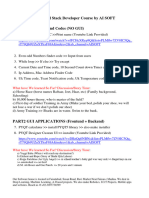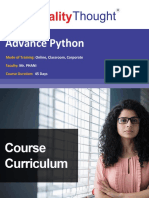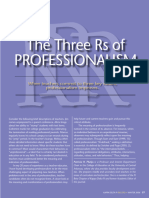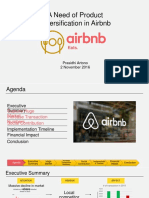0% found this document useful (0 votes)
107 views21 pagesKeyword-Based Search Engine For Text Documents
This document outlines a project to develop a keyword-based search engine for text documents, featuring functionalities like keyword search, spell checking, and user access control, using Python's Flask framework and SQLite. It provides a detailed roadmap for learning essential skills such as Python, HTML, CSS, JavaScript, and SQL, along with a structured development plan for the project. The project emphasizes hands-on learning and aims to enhance practical experience in information retrieval and web development.
Uploaded by
saeedwilco500Copyright
© © All Rights Reserved
We take content rights seriously. If you suspect this is your content, claim it here.
Available Formats
Download as PPTX, PDF, TXT or read online on Scribd
0% found this document useful (0 votes)
107 views21 pagesKeyword-Based Search Engine For Text Documents
This document outlines a project to develop a keyword-based search engine for text documents, featuring functionalities like keyword search, spell checking, and user access control, using Python's Flask framework and SQLite. It provides a detailed roadmap for learning essential skills such as Python, HTML, CSS, JavaScript, and SQL, along with a structured development plan for the project. The project emphasizes hands-on learning and aims to enhance practical experience in information retrieval and web development.
Uploaded by
saeedwilco500Copyright
© © All Rights Reserved
We take content rights seriously. If you suspect this is your content, claim it here.
Available Formats
Download as PPTX, PDF, TXT or read online on Scribd
/ 21

































































































